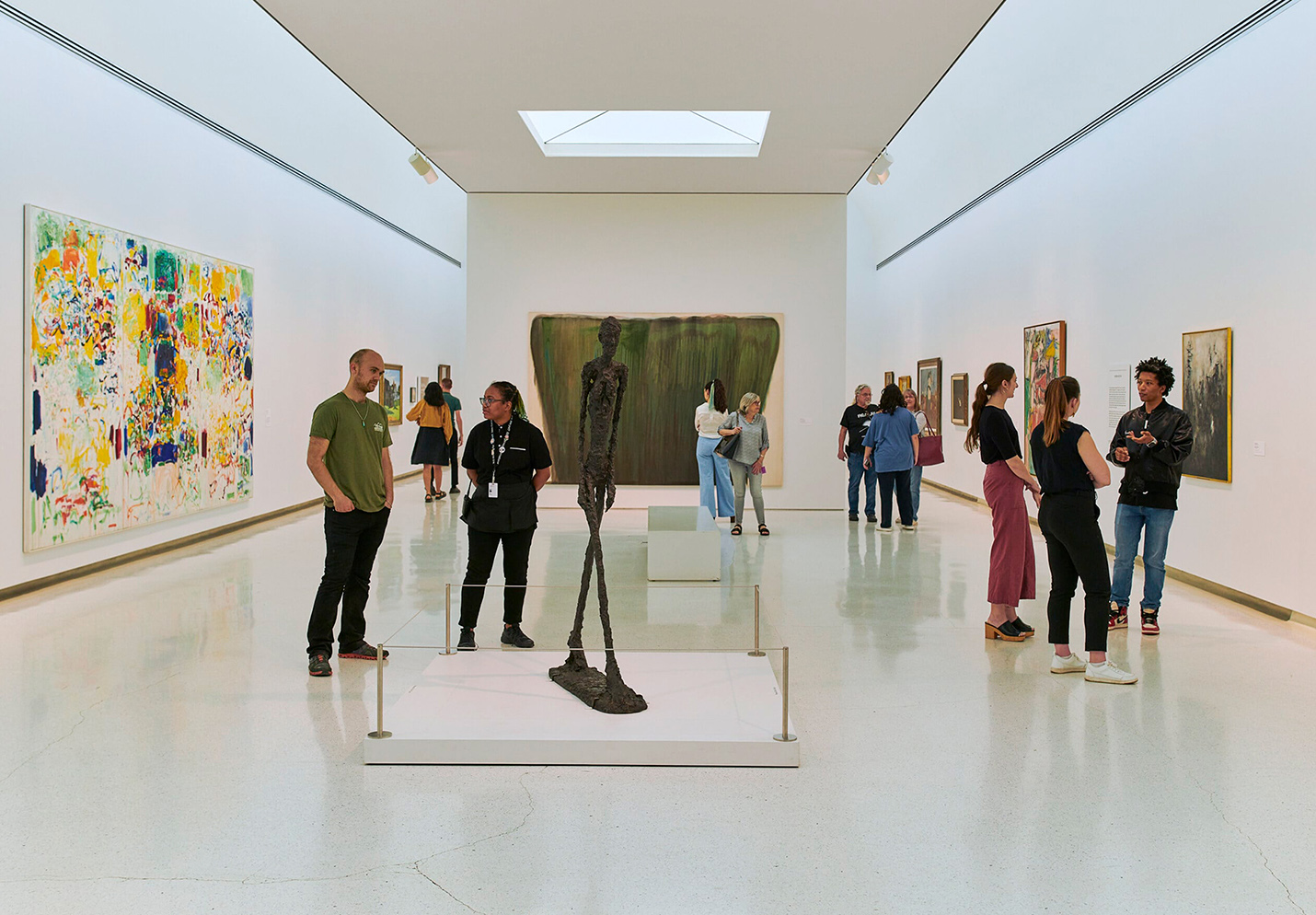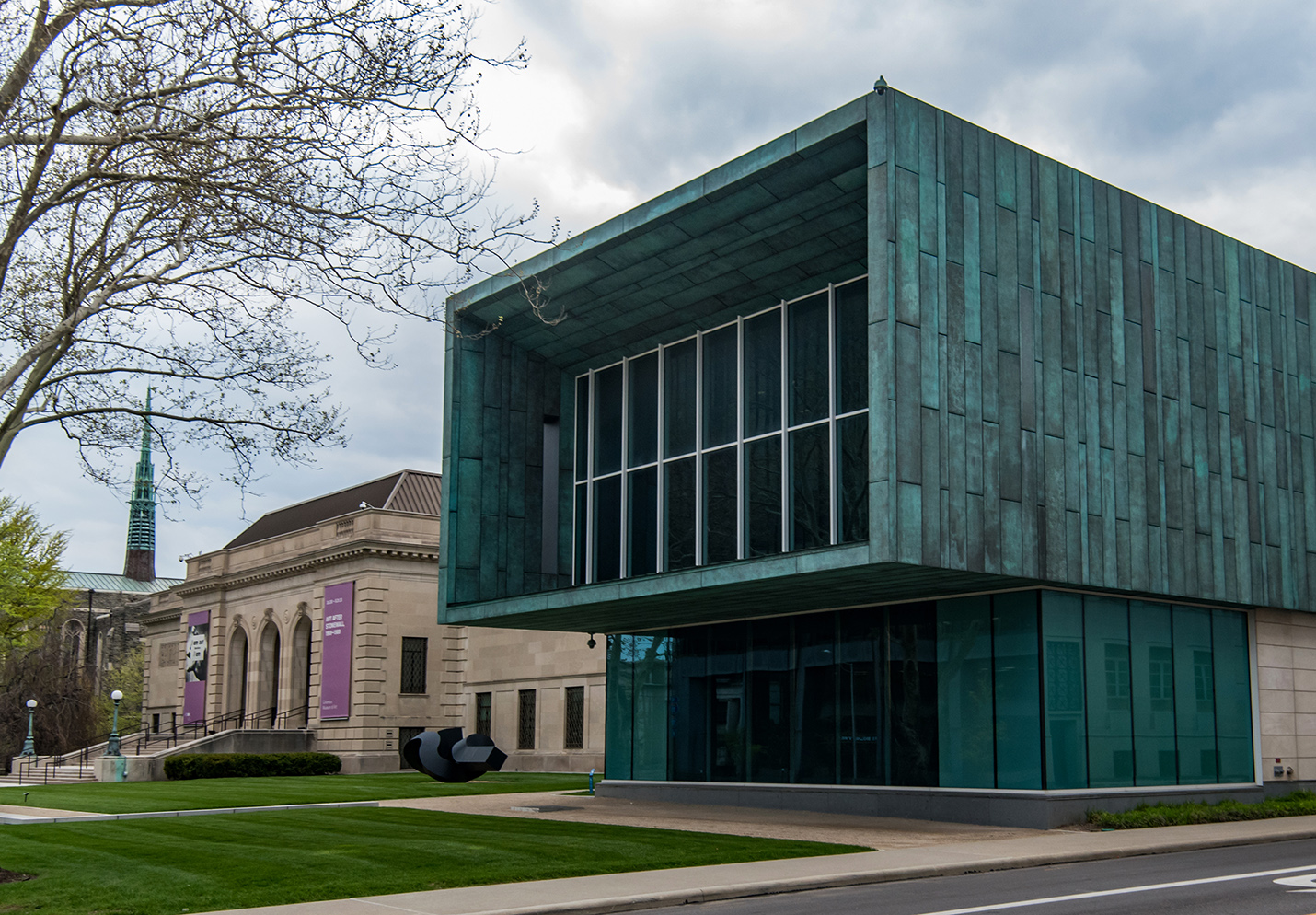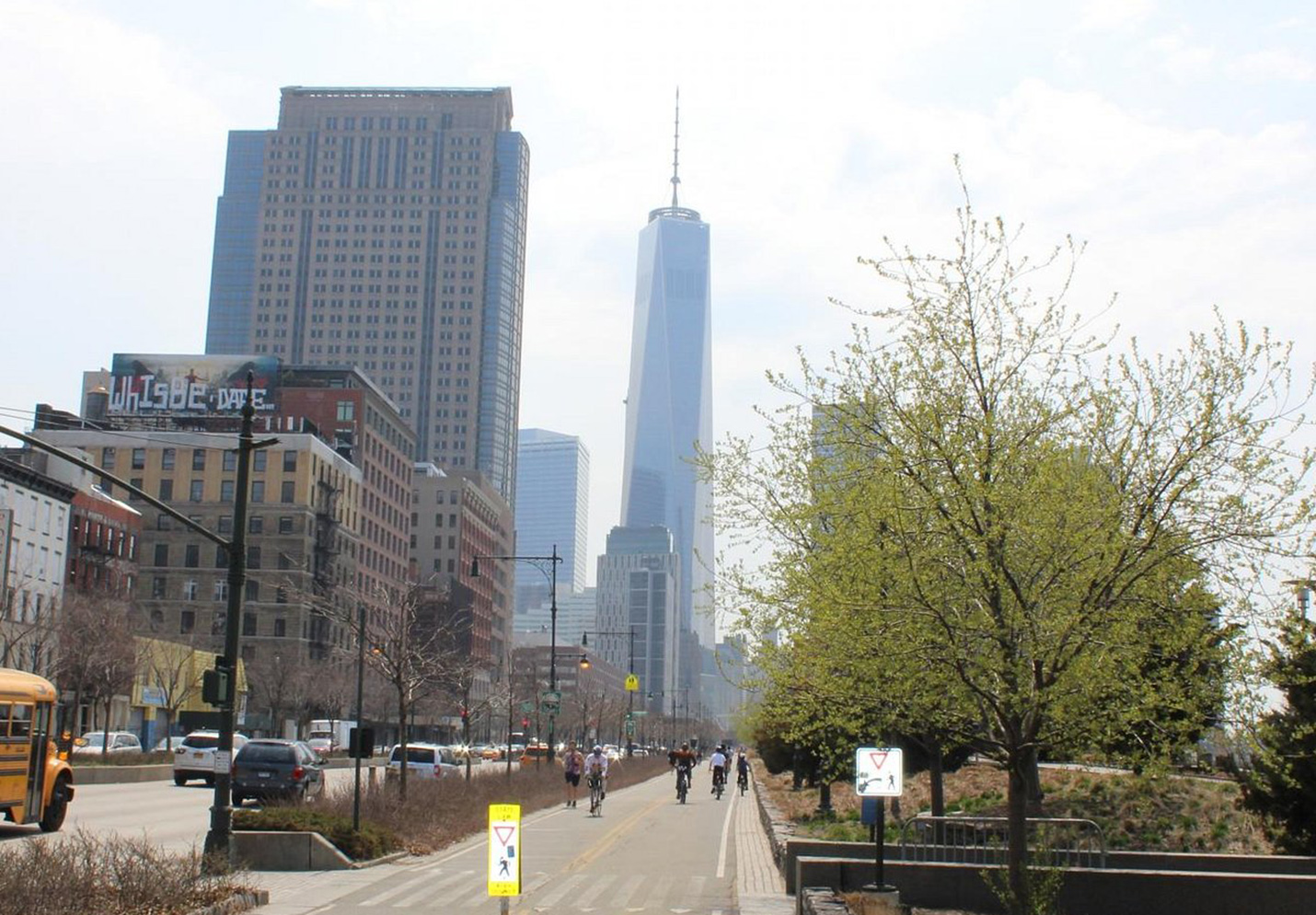Few cities have captivated me quite like Pittsburgh. This steel city, famed for its bridges and rivers, is also a treasure trove of museums that beautifully blend the stories of America’s past with world-class artistic masterpieces. During my numerous visits, I have uncovered four absolute gems that any history or art enthusiast must experience. Each museum offers a unique atmosphere, impressive collections, and stories that will pull you deep into the heart of culture and heritage.
Join me on this journey as I recount my visits to the Carnegie Museum of Art, the Andy Warhol Museum, the Senator John Heinz History Center, and the Frick Art & Historical Center. I’ll walk you through my favorite exhibits, recommend must-see works, share insider tips on tickets and routes, and offer honest opinions on what makes each museum a standout in Pittsburgh’s vibrant cultural landscape.
1. Carnegie Museum of Art: A Symphony of Classic and Contemporary Masterpieces
Location and Access
The Carnegie Museum of Art is located at 4400 Forbes Avenue, right in the Oakland neighborhood, nestled within the larger Carnegie Museums complex, which also includes the natural history museum. It’s about a 15-minute drive from downtown Pittsburgh or easily reachable via the 61A bus line. I found Uber to be the most convenient option, costing about $10 from the city center. The museum opens daily from 10 a.m. to 5 p.m., except Mondays when it’s closed.
Ticket Prices and Booking
Admission is $19 for adults, $16 for seniors, and $14 for students. Children under 12 enter free. If you’re planning a visit with the family or want to explore multiple museums, the Carnegie Museums of Pittsburgh membership ($85/year) offers unlimited access, free parking, and discounts at the gift shop and café. I booked my tickets on their official website (carnegiemuseums.org), which was super smooth and allowed me to skip lines — highly recommended especially on weekends.
My Favorite Works
1. “The Thinker” by Auguste Rodin (Cast)
Walking into the sculpture garden and seeing Rodin’s “The Thinker” was like encountering an old friend. The bronze figure, perched on a rock, radiates intense contemplation. I felt as though the statue was silently challenging me to dive deeper into my own thoughts. The way Rodin captured the tension in the muscles and the furrowed brow is nothing short of breathtaking.
2. “Monet’s Water Lilies” (Painting)
The Impressionist gallery was a dream. Claude Monet’s “Water Lilies” transported me straight to his peaceful garden at Giverny. The brushstrokes were so delicate and yet so vibrant that I could almost hear the water gently rippling. Standing before it, I felt a calming serenity wash over me, a reminder of art’s power to soothe.
3. Contemporary Photography Collection
One of the surprises was the rotating photography exhibitions. I encountered a brilliant series by Carrie Mae Weems, exploring African American identity through hauntingly powerful images. The modern perspective intertwined with historical context made the museum feel alive and relevant.
Recommended Works to Not Miss
- “The Old Guitarist” by Pablo Picasso (From the Carnegie International Collection)
This melancholic painting from Picasso’s Blue Period is hauntingly beautiful. It pulls at your emotions and leaves you pondering human suffering and resilience. - “The Meeting” by Charles Demuth
A vivid example of Precisionism, this painting captures industrial Pittsburgh in a way that felt both nostalgic and strikingly modern. - The Heinz Architectural Center
This dedicated gallery for architectural models and drawings fascinated me. It’s a niche gem that reveals the city’s rich architectural history through detailed blueprints and models.
Service and Atmosphere
The staff were incredibly knowledgeable and approachable. I had a lovely conversation with a docent who enriched my understanding of the Impressionist works. The museum café offers decent food, with a standout being the locally roasted coffee and fresh pastries — perfect for a midday recharge.
Pros and Cons
Pros: Diverse collections spanning centuries, great lighting that enhances every artwork, family-friendly.
Cons: The museum can feel overwhelming if you try to see everything in one go; best to prioritize exhibits. Parking, while free for members, can be pricey for casual visitors ($10-15).
Personal Reflection
The Carnegie Museum of Art was my first stop, and it set a high bar for the rest of my museum tour in Pittsburgh. It felt like walking through a living anthology of artistic evolution, each gallery whispering stories from different eras and minds. I left inspired and eager to dive deeper into the city’s cultural offerings.
2. The Andy Warhol Museum: Entering the Pop Art Universe
Location and Access
Situated on the North Shore at 117 Sandusky Street, the Andy Warhol Museum is a bold, bright landmark paying homage to Pittsburgh’s own pop art pioneer. It’s just a 10-minute ride from downtown Pittsburgh via bus 16 or a 20-minute walk across the iconic Roberto Clemente Bridge. Parking is available nearby but can be limited during events.
Ticket Prices and Booking
Adult tickets cost $20, seniors $15, and students $13. Children under 6 enter free. The museum offers a Pittsburgh Residents discount of 20% upon presenting ID. Tickets can be purchased online through warhol.org, which I found straightforward and convenient, allowing timed entry to avoid crowds.
My Favorite Works
1. “Marilyn Diptych” (1962)
Seeing Warhol’s “Marilyn Diptych” up close was like witnessing an explosion of color and celebrity culture frozen in time. The repetition of Marilyn Monroe’s face, alternately vibrant and ghostly, struck me as a meditation on fame and mortality. I couldn’t help but stare, marveling at Warhol’s genius in merging art and media.
2. “Campbell’s Soup Cans” (1962)
The iconic soup cans gallery is pure pop art magic. I found myself smiling at how everyday commercial objects were transformed into high art. Warhol’s elevation of the mundane challenged my perception of art’s boundaries.
3. Silver Clouds Installation
One of the most whimsical experiences was the “Silver Clouds” room — helium-filled silver balloons floating gently around the ceiling. Walking among them felt surreal, a playful interaction between art and viewer that stayed with me long after.
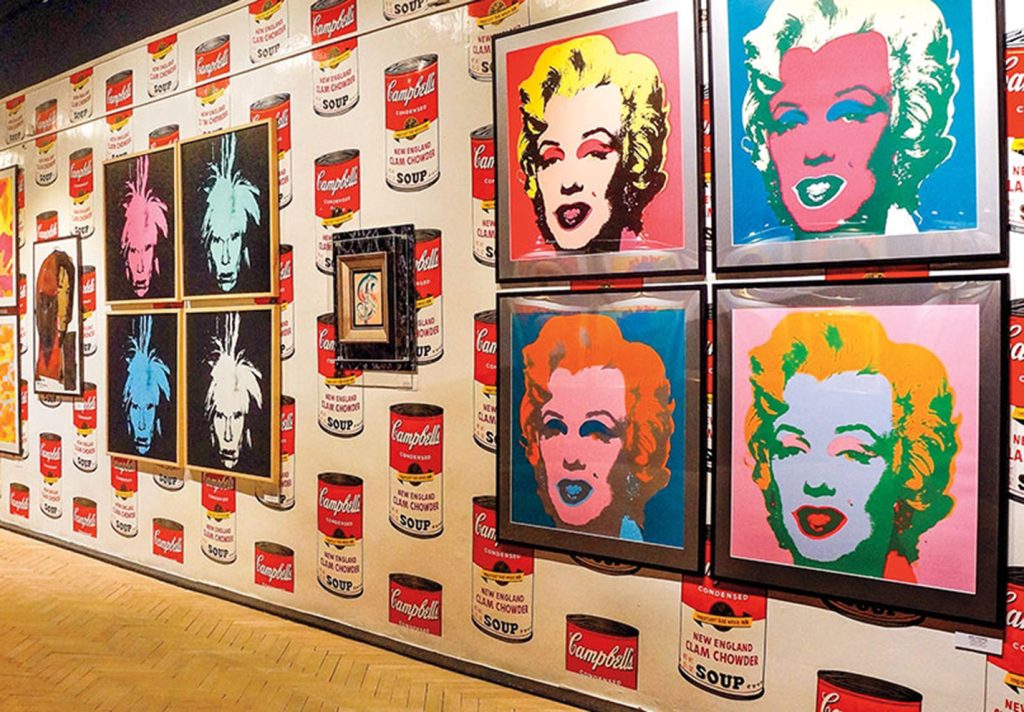
Recommended Works to Not Miss
- “Elvis I and II” (1963)
The vivid dual portraits capture the King’s charisma and Warhol’s fascination with celebrity. - “Self-Portrait” (1986)
Warhol’s self-portrait offers an intimate glimpse into the artist’s persona and artistic identity. - “Electric Chair” Series
A darker counterpoint to Warhol’s commercial works, these haunting images reflect on death and media sensationalism.
Service and Atmosphere
The museum staff were friendly and helped me navigate the sometimes overwhelming collections. The layout encourages interaction, with multimedia displays and videos that bring Warhol’s story to life. The gift shop is a treasure trove of quirky pop culture souvenirs.
Pros and Cons
Pros: Immersive pop art experience, multimedia exhibits, great location with scenic river views nearby.
Cons: Can get crowded on weekends, some exhibits feel repetitive to non-art aficionados.
Personal Reflection
The Warhol Museum felt like stepping inside the mind of a creative whirlwind. It’s bold, unapologetic, and a celebration of both art and the celebrity culture that Warhol both loved and critiqued. I left buzzing with inspiration and a renewed appreciation for how art reflects society.
3. Senator John Heinz History Center: A Deep Dive into Western Pennsylvania’s Past
Location and Access
Located in the Strip District at 1212 Smallman Street, the Heinz History Center is Pittsburgh’s largest history museum and a Smithsonian affiliate. It’s about 2 miles northeast of downtown and easily accessible via the 54 bus line or a 15-minute Uber ride.
Ticket Prices and Booking
General admission is $19 for adults, $16 for seniors, and $13 for youth aged 6-17. Children under 6 are free. The museum offers combo tickets with the Meadowcroft Rockshelter and Historic Village for $35, which I highly recommend if you’re a history buff. I booked tickets via heinzhistorycenter.org; their online booking is user-friendly and sometimes offers seasonal discounts.
My Favorite Exhibits
1. Pittsburgh Steelers Hall of Fame Exhibit
As a lifelong sports fan, this exhibit was pure joy. It traces the team’s history with trophies, jerseys, and memorabilia. Seeing the “Terrible Towel” up close made me feel connected to Pittsburgh’s passionate sports culture.
2. The Great Hall: Pittsburgh’s History Timeline
Walking through the Great Hall felt like flipping through a massive history book. From indigenous peoples to the steel boom, each display was richly detailed and engaging. I particularly enjoyed the interactive maps and old photographs.
3. The Transportation Gallery
This gallery showcases Pittsburgh’s evolution from horse-drawn carriages to the golden age of railroads and automobiles. The restored 1930s trolley was a highlight—riding it felt like stepping back in time.
Recommended Exhibits to Not Miss
- Rivers of Steel Exhibit
This permanent exhibit honors Pittsburgh’s industrial roots with authentic tools, machinery, and stories of the steelworkers. - The American Civil War Exhibit
It offers rare artifacts and personal stories, providing a human perspective on a turbulent era. - The Pittsburgh Jewish Archives
A moving collection documenting Jewish life and contributions to the region.
Service and Atmosphere
The staff at Heinz History Center were genuinely enthusiastic about sharing local history. The museum is family-friendly with hands-on exhibits for kids. The café serves hearty sandwiches and local craft beer, perfect for a midday break.
Pros and Cons
Pros: Comprehensive historical coverage, interactive exhibits, great for families and history lovers alike.
Cons: Some exhibits could use more seating areas; the museum is large, so wear comfortable shoes.
Personal Reflection
The Heinz History Center made me feel like a time traveler through Western Pennsylvania’s vibrant and complex past. It’s a place where the stories of industry, sports, and community intertwine beautifully, leaving you with a profound appreciation for Pittsburgh’s unique identity.
4. Frick Art & Historical Center: A Blend of Art, History, and Nature
Location and Access
Located in the East End at 7227 Reynolds Street, the Frick Art & Historical Center is a sprawling estate including the Frick Mansion, art galleries, and beautiful gardens. It’s about a 20-minute drive from downtown Pittsburgh or reachable via bus 56. Parking on-site is free, a nice perk compared to city museums.
Ticket Prices and Booking
Admission is $15 for adults, $12 for seniors/students, and free for children under 12. Combo tickets with special tours or concerts are available on frickart.org. I booked a guided mansion tour online, which was worth every penny at $10 extra, offering behind-the-scenes insights.
My Favorite Highlights
1. The Frick Mansion Collection
The mansion itself is a masterpiece. Walking through rooms filled with French antiques, rare paintings, and exquisite furniture felt like stepping into a bygone era of Gilded Age opulence.
2. The Clayton Carriage House
Housing an impressive collection of carriages and early automobiles, this exhibit gives a glimpse into transportation before the modern age. The craftsmanship on display is simply stunning.
3. The Sculpture Garden
Strolling through the garden, I discovered beautiful bronze and marble sculptures framed by lush greenery. One standout was a dramatic statue of Diana the Huntress, poised as if ready to leap.
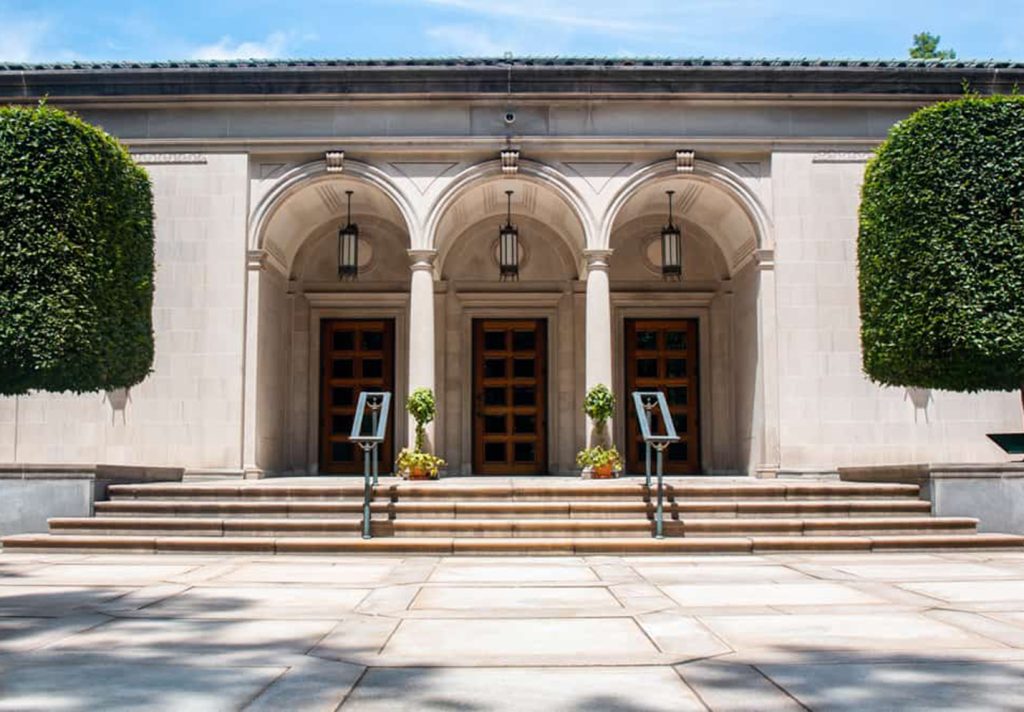
Recommended Highlights to Not Miss
- The Car and Carriage Museum Special Exhibits
These rotate frequently and often feature rare historic vehicles. - The Frick Art & Historical Center’s Special Exhibitions
These showcase works from regional artists, adding a local touch. - The Annual Holiday Candlelight Tours
A magical way to experience the mansion in a festive atmosphere (seasonal).
Service and Atmosphere
The staff were warm and attentive. The mansion tour guide was especially engaging, sharing fascinating anecdotes about the Frick family’s history. The on-site café offers delicious teas and homemade pastries, perfect for a peaceful afternoon.
Pros and Cons
Pros: Beautiful grounds perfect for a day out, rich art and history combined, excellent guided tours.
Cons: Less modern in design, so might not appeal as much to those looking for contemporary art.
Personal Reflection
The Frick Art & Historical Center was a serene and enriching experience, a perfect balance of art, history, and nature. It felt like a step back into Pittsburgh’s elite past, yet the beauty and stories resonated deeply with me. It’s a must-visit for those who appreciate elegance wrapped in history.
Why Pittsburgh’s Museums Are a Cultural Treasure
Each of these museums brought a different facet of Pittsburgh to life — from the evolution of art and pop culture to the city’s gritty industrial roots and elegant Gilded Age. What thrilled me the most was how accessible and welcoming these institutions are, making history and art feel vibrant and relevant.
If you’re planning a trip, I suggest spreading your visits over a few days to savor each experience without rushing. Don’t forget to check museum websites for up-to-date ticket prices and special discounts — Pittsburgh loves rewarding locals and students, and memberships offer fantastic value for repeat visits.
For me, Pittsburgh’s museums aren’t just places to view exhibits — they are portals to stories, emotions, and inspirations that stay with you long after you leave. I hope this guide encourages you to explore these cultural gems and fall in love with Pittsburgh’s rich tapestry as I have.
